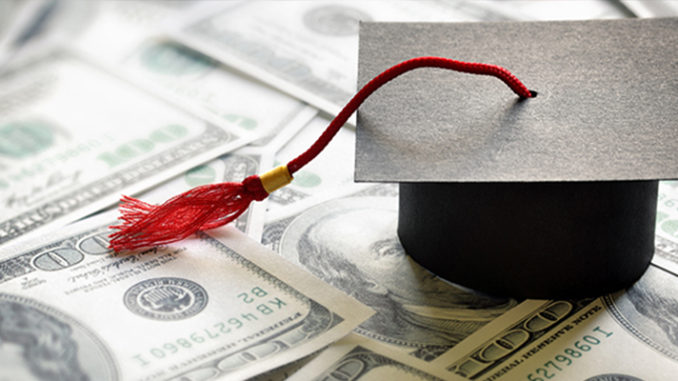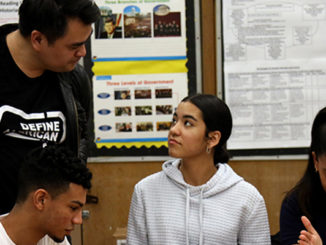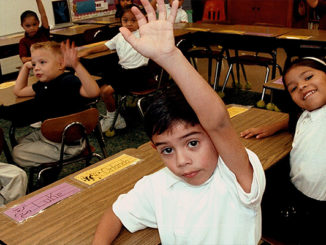
The recent release of four new research studies offers growing evidence that investing in education works, particularly for students in poorer districts. Yet policymakers aren’t putting forward many big ideas for rethinking school funding. In fact, for three consecutive years, the Trump administration has proposed some of the biggest education funding cuts in history.
As we debate the Green New Deal, Medicare for All and forgiving student loan debt, we should think big for the 50 million students in our K-12 public schools. There’s general agreement among Americans that schools should prepare students for college, careers and civic life, and plenty of wealthy districts do. But if we want this opportunity for every child, we have to invest much more in education — and radically rethink a fundamentally broken school funding model.
We need a new, sustained effort to transform federal and state funding to direct far more resources to the students who need them the most. The federal government should work with communities, educators and experts to determine which educational resources every child deserves — from teachers, guidance counselors and school nurses to college-prep coursework, career pathways, and art and music classes — and how much those resources cost. States should be required to make sure that all districts are getting the funding they need to provide these resources, including by reforming their own financing systems or breaking down barriers between school districts. Then, a dramatically bigger federal investment could truly provide the extra support that students from families with low incomes need.
Our schools receive almost $700 billion a year in state, local and federal funding, an average of about $13,500 per pupil. But it is wildly unequal across states and school districts. Even between bordering states, there are enormous gaps. For example, Wyoming’s funding level is nearly three times as high as Idaho’s.
The disparities are similarly stark between school districts. In Illinois, for example, even when including federal, state and local revenues, the highest-poverty districts get 22 percent less than the lowest-poverty districts. Without the federal government’s $14.5 billion in annual spending through Title I of the Every Student Succeeds Act, which is intended to support high-poverty districts, these differences would be far worse.
Our states and communities drew the school district borders that create these inequities. In the Philadelphia area, where I grew up, nine of the 13 suburban districts bordering the School District of Philadelphia are at least 25 percentage points whiter and receive at least 10 percent more funding than the city. One of those districts, Lower Merion, receives over $14,000 more per pupil.
These massive gaps in resources, and the corresponding gaps in opportunity, aren’t an accident. They are fundamental features of America’s education funding system. Beginning with the very first public schools, the combination of local control and property taxes as a revenue source meant that some could raise and spend what they needed, and some simply could not. Combine funding based on local wealth with the legacy of slavery, segregation and redlining, and you get today’s dramatic underfunding of schools in black, Latino and Native communities, and communities that are predominantly low-income.
The economic potential lost from not addressing these disparities is staggering. White students are more than three times as likely as black students to score proficient in eighth-grade math. More than 1 in 5 black high schoolers, and more than 1 in 4 Native students, do not graduate from high school, compared with only 1 in 10 white students. Raising graduation rates to 90 percent for all students would generate $5.7 billion in greater economic growth for the country.
We have to do something different. Fortunately, the current national conversation shows that there’s an appetite for bold, progressive ideas that will improve people’s lives — we just need some of those ideas to focus on education funding. Americans view a lack of adequate funding as the No. 1 problem facing our schools, and they want the federal government to do more: 60 percent support more federal funding for education, and that rises to 67 percent when people hear how low the federal share of education spending really is.
Just as a thought experiment, consider that President Donald Trump’s tax cuts are costing the federal government $1.9 trillion over 10 years. That’s $190 billion a year, mostly for the wealthy and corporations. If the money from the Trump tax cuts went to schools, it would increase per-pupil funding by nearly $16,000 for each of the more than 12 million students in high-poverty schools. As the country debates which big ideas will most improve people’s lives, dramatically increasing our investment in education and rethinking the way we fund schools must be on the table.
Scott Sargrad is vice president of K-12 education policy at the Center for American Progress.
.



